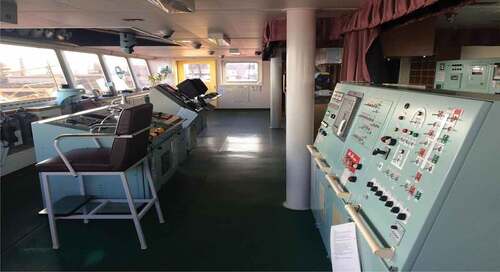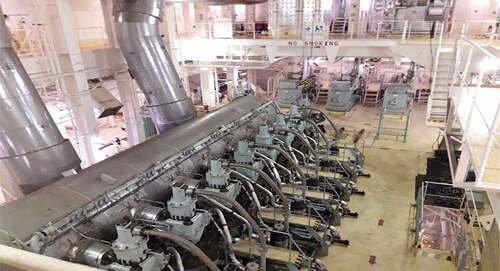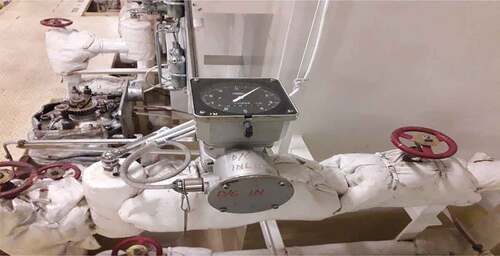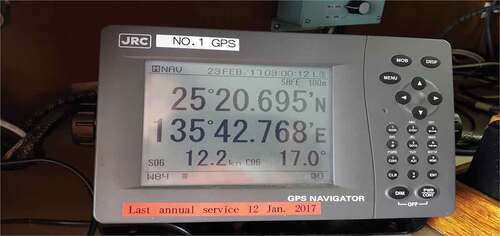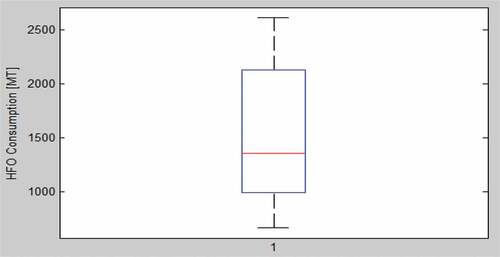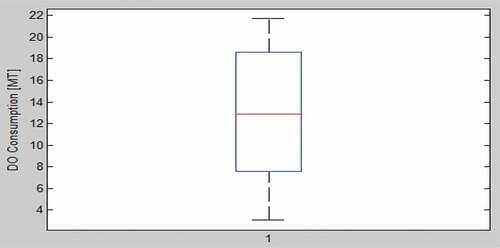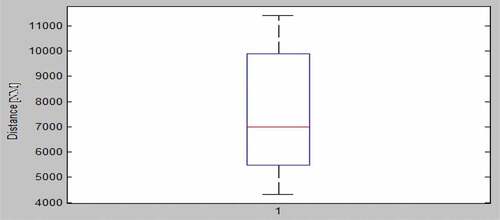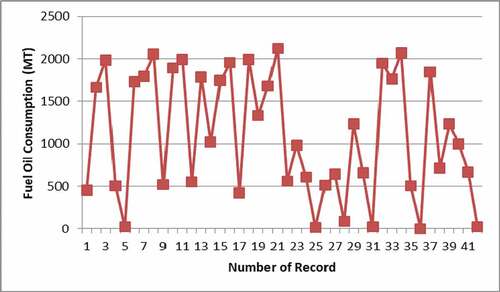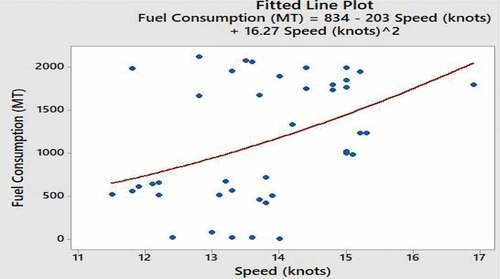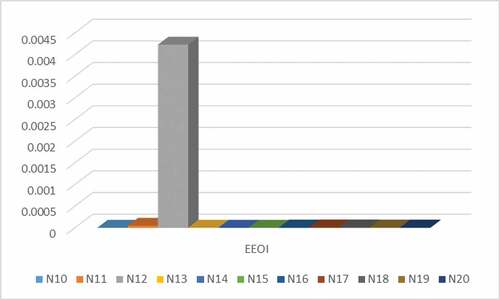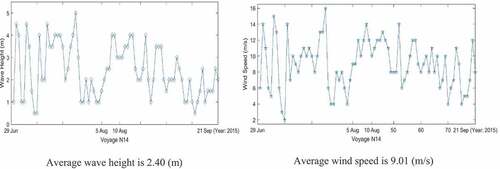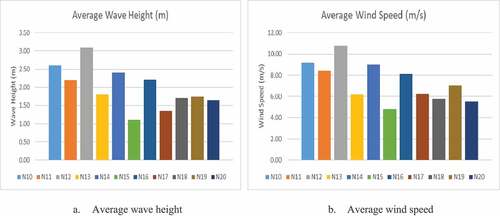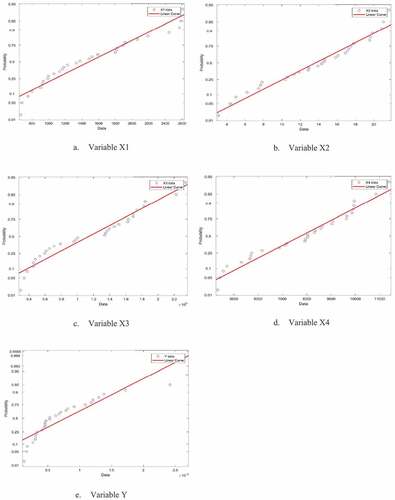Figures & data
Figure 1. Ship energy efficiency management tools including EEOI: Energy Efficiency Operational Indicator; EEDI: Energy Efficiency Design Index; SEEMP: Ship Energy Efficiency Management Plan.
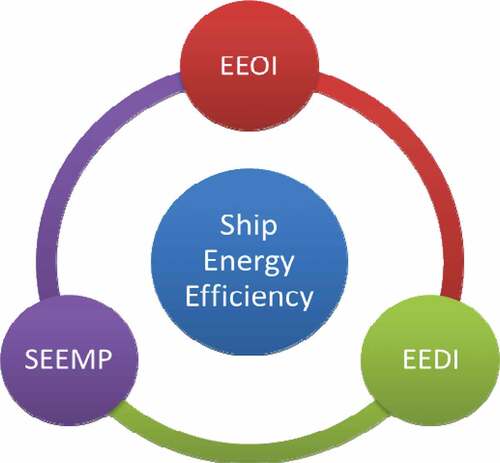
Figure 2. A certain bulk carrier, M/V NSU JUSTICE of VINIC shipping transportation company, Vietnam.

Table 1. The specific parameters of a certain bulk carrier
Table 2. The detail information of data collected from a bulk carrier
Table 3. The values of variable factors of bulk carrier
Table 4. Samples from Monte Carlo simulation method
Table 5. The sample mean and standard deviation of samples
Table 6. The finite element data of each investigated parameter
Figure 12. Distribution data of sample variables Xi(i = 1 ÷ 4) and Y through novelty simulation method.
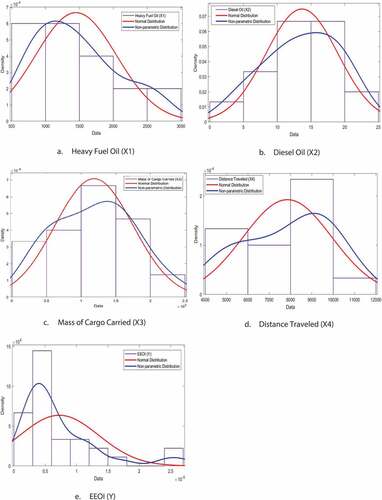
Table 7. Average weather condition of voyages
Table 8. EEOI index calculated for each voyage

